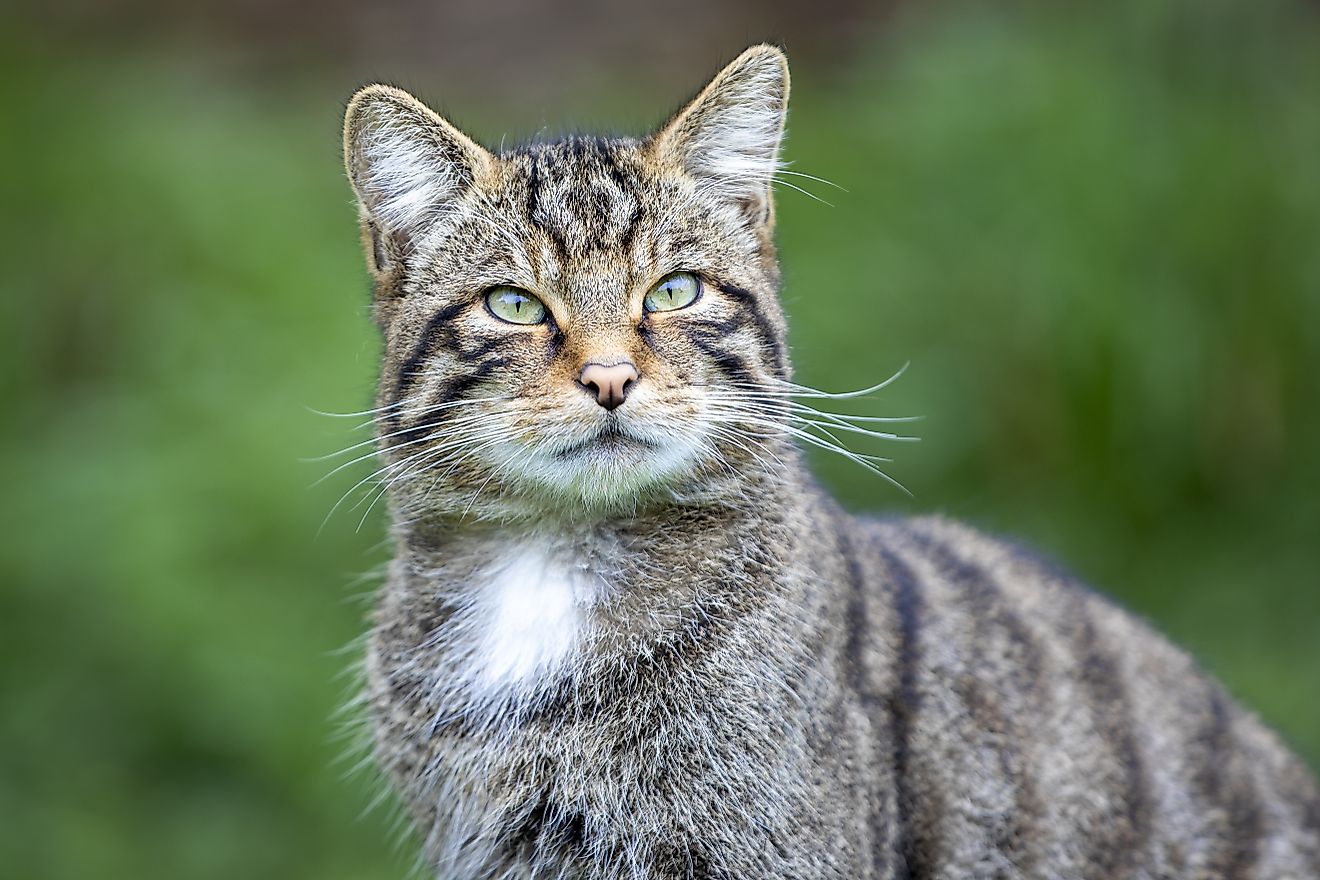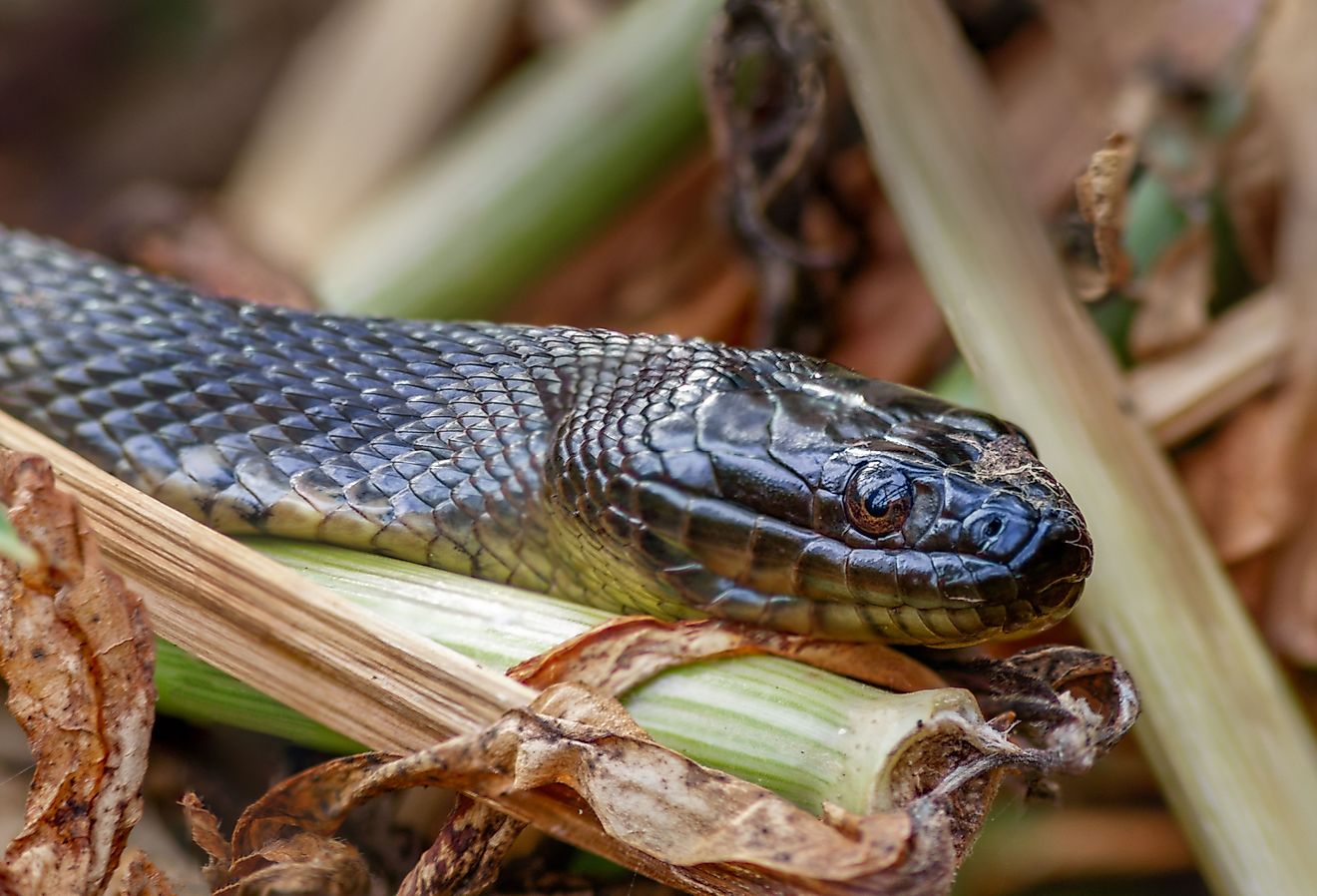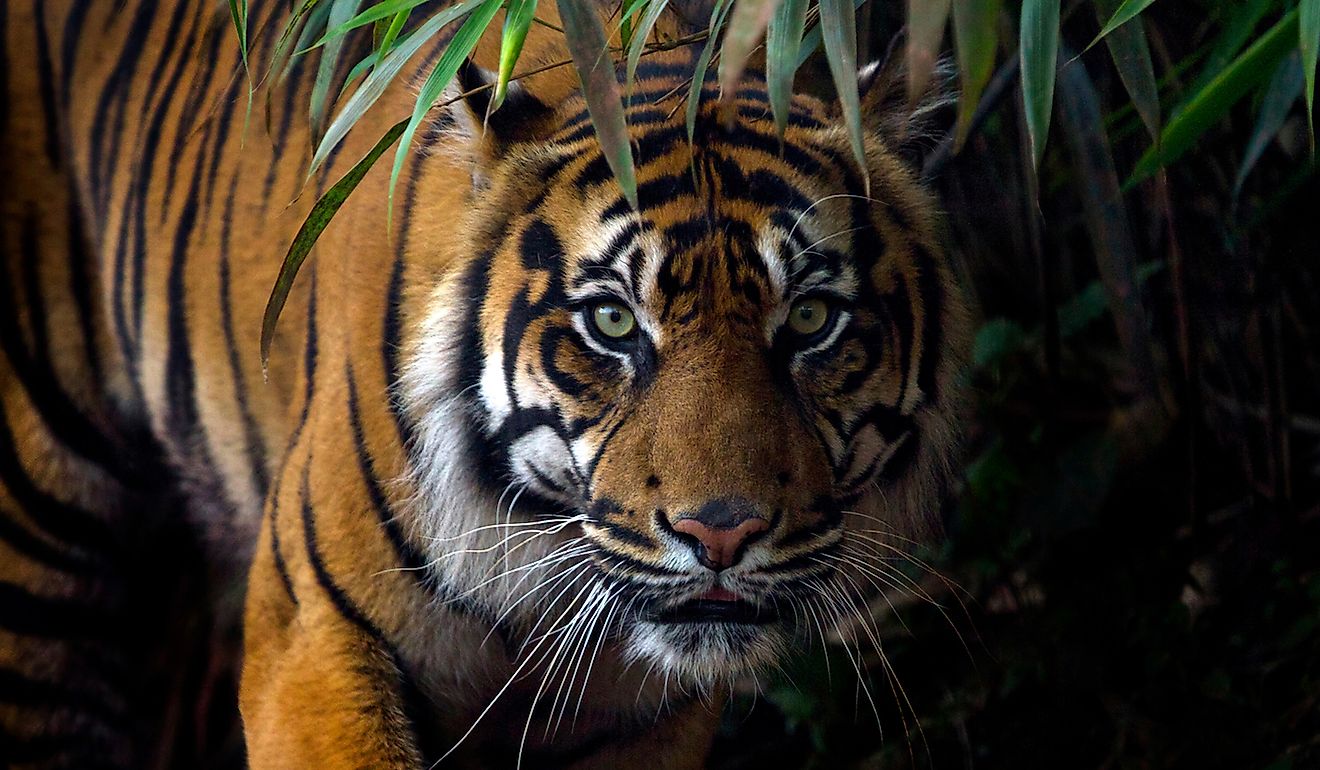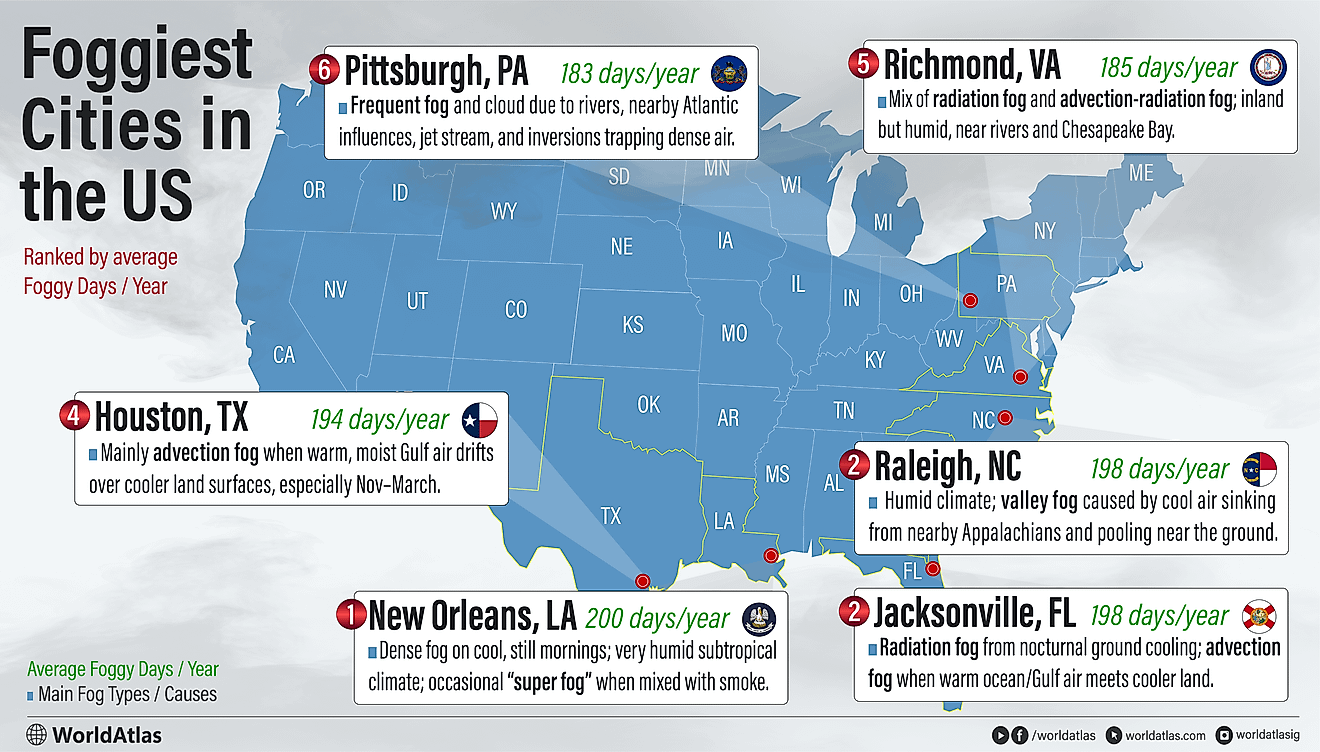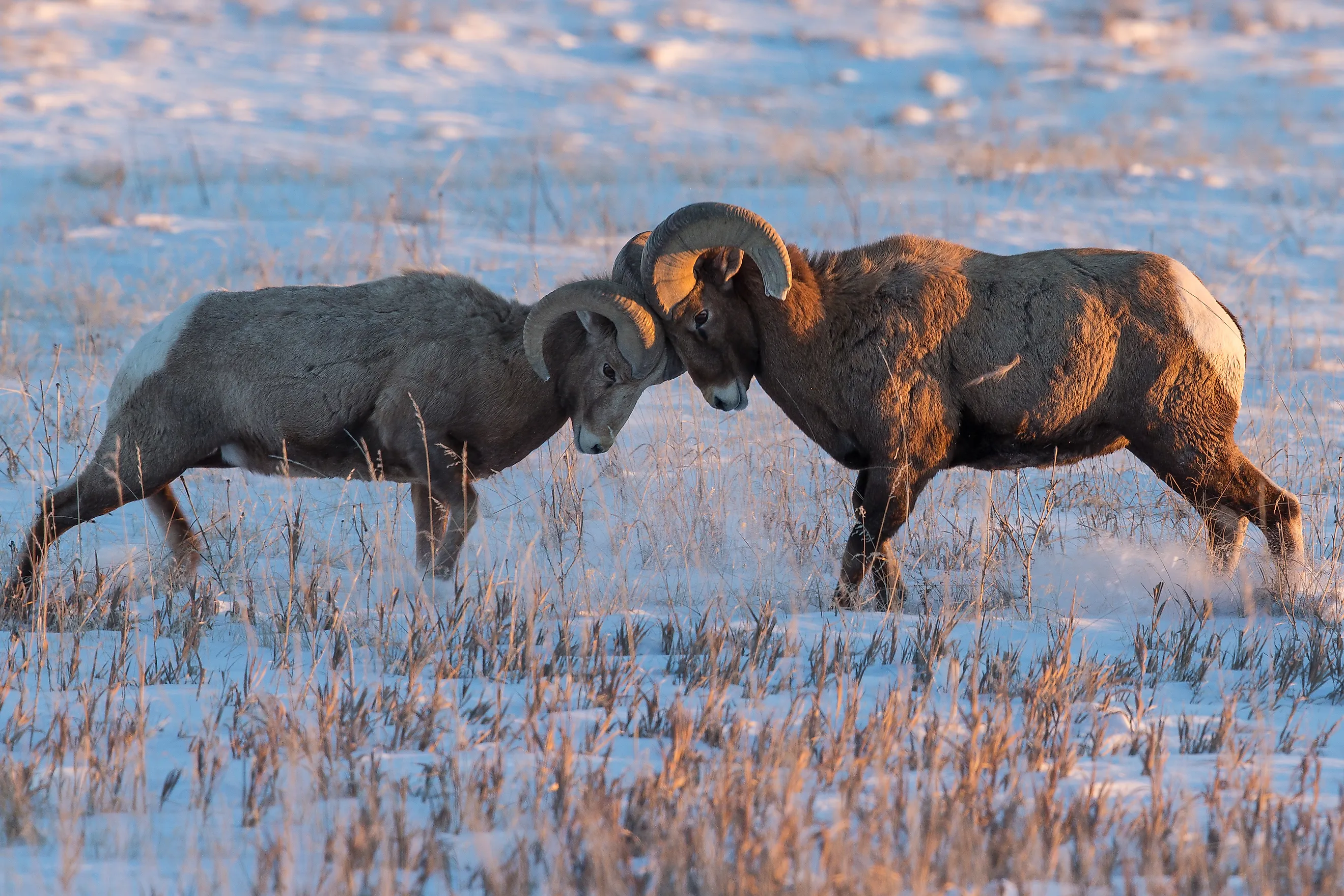
Bighorn Sheep
The bighorn sheep (Ovis canadensis) is among North America's most iconic large mammals and exemplifies evolutionary adaptation to harsh mountain environments. These extraordinary ungulates have endured ice ages, habitat fragmentation, and human encroachment due to specialized physiological and behavioral traits, enabling them to flourish in the continent's most demanding terrains.
Gaining knowledge about bighorn sheep offers important insights into the dynamics of mountain ecosystems, the relationships between predators and prey, and principles of conservation biology that are relevant to many other species encountering similar environmental challenges pressures.
Taxonomy and Classification
Kingdom: Animalia Phylum: Chordata Class: Mammalia Order: Artiodactyla Family: Bovidae Subfamily: Caprinae Genus: Ovis Species: O. canadensis
Subspecies Recognition
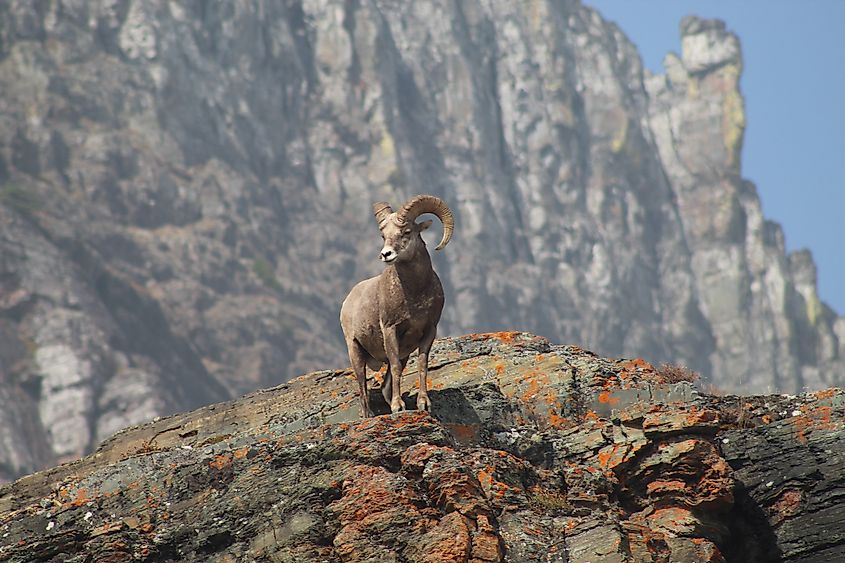
Current taxonomic analysis recognizes several subspecies of bighorn sheep, differentiated primarily by geographic distribution and morphological characteristics:
- Rocky Mountain bighorn (O. c. canadensis): Largest subspecies, inhabiting the northern Rocky Mountains
- Desert bighorn (O. c. nelsoni): Smaller, adapted to arid southwestern environments
- Sierra Nevada bighorn (O. c. sierrae): Endangered subspecies endemic to California's Sierra Nevada range
- Peninsular bighorn (O. c. cremnobates): Desert-adapted population in southern California and Baja California
Physical Characteristics and Morphology
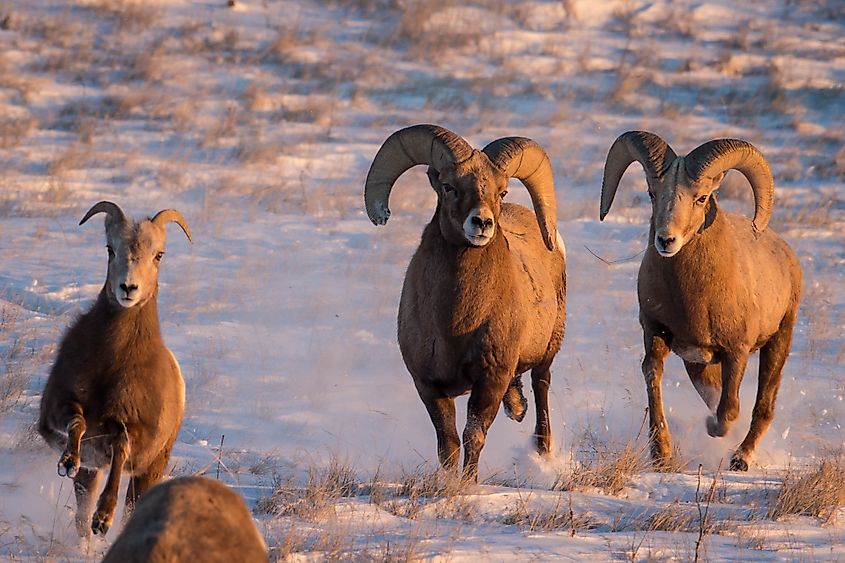
General Body Structure
Adult bighorn sheep exhibit pronounced sexual dimorphism, with males (rams) significantly larger than females (ewes). This size differential reflects the species' polygynous mating system and the intense male-male competition for breeding rights.
Adult Male Measurements:
- Body length: 150-180 cm (59-71 inches)
- Shoulder height: 90-105 cm (35-41 inches)
- Weight: 58-143 kg (128-315 pounds)
- Horn length: up to 110 cm (43 inches)
Adult Female Measurements:
- Body length: 120-155 cm (47-61 inches)
- Shoulder height: 75-90 cm (30-35 inches)
- Weight: 34-91 kg (75-200 pounds)
- Horn length: up to 35 cm (14 inches)
Geographic Distribution and Habitat Requirements
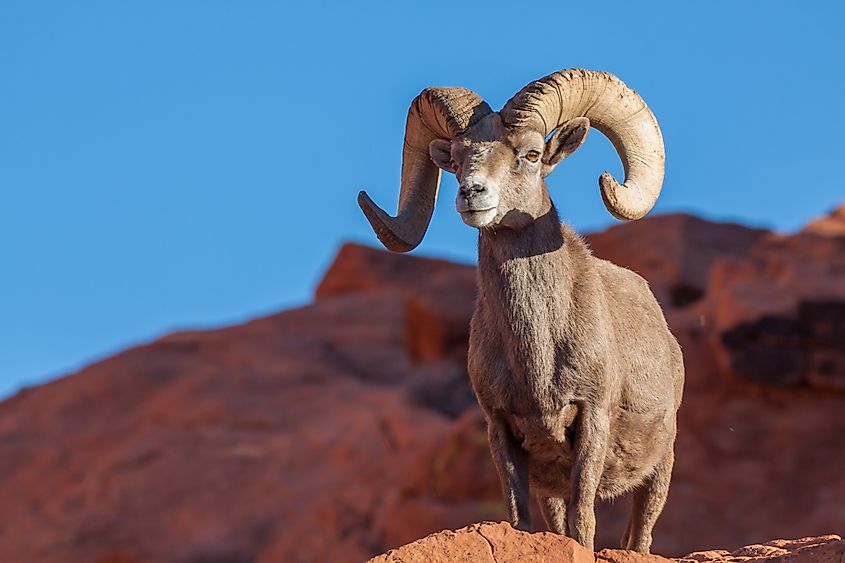
Bighorn sheep historically occupied mountainous regions throughout western North America, from southern Canada to northern Mexico. Current populations represent approximately 10% of historical numbers, with significant range contraction due to human activities.
Historical range: ~150,000-200,000 square kilometers Current range: ~15,000-20,000 square kilometers across fragmented populations
Essential Habitat Components
Bighorn sheep habitat requirements reflect millions of years of evolutionary adaptation to mountain environments, with four critical components determining habitat suitability and population viability. Escape terrain consisting of steep rocky slopes exceeding 30-degree gradients must be located within 200-400 meters of feeding areas, providing rapid refuge from predators that cannot navigate the precipitous terrain effectively.
Forage areas, including alpine meadows, grasslands, and shrubland communities, must offer diverse, high-quality vegetation to meet the nutritional demands of these large herbivores, with seasonal plant availability directly influencing population health and reproductive success.
Water sources must be reliable and accessible within 1-2 kilometers of primary habitat, becoming increasingly critical in arid desert environments where hydration availability often determines population carrying capacity and may require artificial supplementation during drought periods.
Finally, lambing areas require the most specialized conditions – isolated, precipitous terrain virtually inaccessible to ground-based predators where females can successfully defend newborns on narrow ledges or cliff faces, with the quality of these birthing sites directly determining juvenile survival rates and long-term population recruitment success.
Elevation Preferences
Bighorn sheep demonstrate complex altitudinal migration patterns that reflect their adaptive response to the dramatic seasonal variations in resource availability and environmental conditions characteristic of mountain ecosystems. During summer months, populations occupy high-elevation ranges between 1,500-4,300 meters in alpine and subalpine zones where snowmelt creates lush meadows with nutritious grasses and forbs, while cooler temperatures provide relief from heat stress and biting insects.
As winter approaches and high-elevation areas become snow-covered and inhospitable, sheep migrate to lower elevation winter ranges between 600-2,400 meters in more protected valleys and south-facing slopes where reduced snow accumulation, warmer microclimates, and accessible browse vegetation enable survival during harsh winter conditions.
These seasonal movements can cover distances up to 30 kilometers between summer and winter ranges, requiring sheep to maintain detailed spatial memory of migration routes, suitable habitat patches, and resource availability across their annual home range, with the timing and success of these migrations directly influencing individual survival and population dynamics in the face of unpredictable mountain weather patterns.
Nutrition
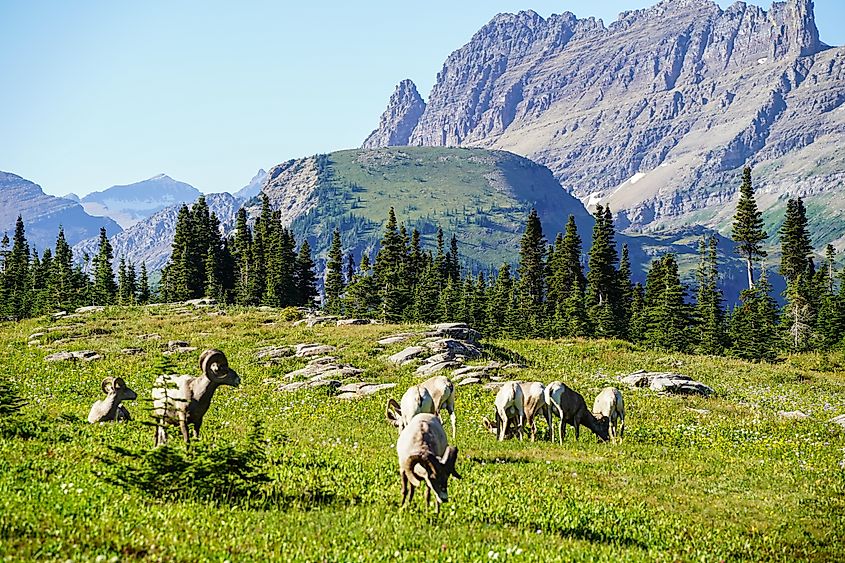
As specialized herbivores, bighorn sheep have evolved efficient digestive systems for extracting nutrients from low-quality mountain vegetation. Their four-chambered ruminant stomach allows extensive fermentation of cellulose-rich plant materials.
Adult bighorn sheep require approximately 2-3 kg of dry matter daily, with nutritional needs varying by season, reproductive status, and environmental conditions.
Social Structure and Behavior
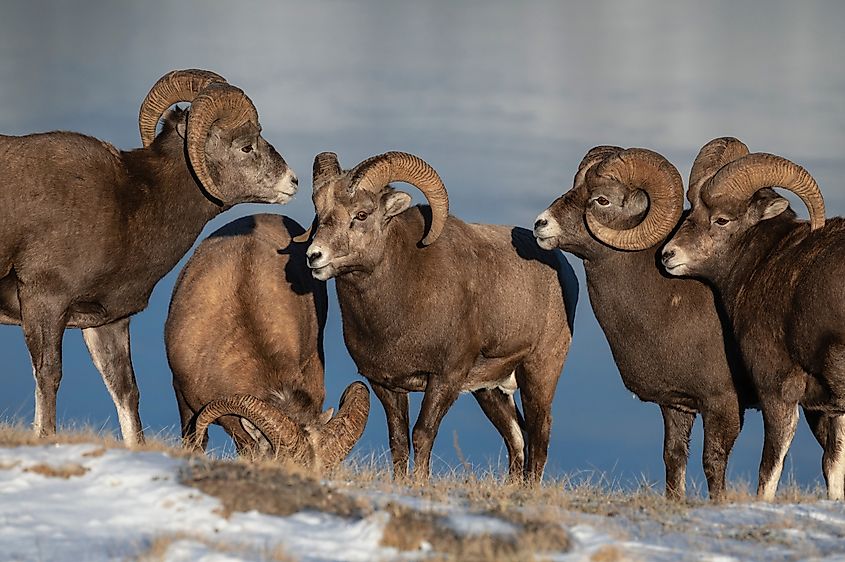
Group Dynamics and Organization
Bighorn sheep exhibit a complex social structure characterized by sex-segregated groups for most of the year, with temporary integration during breeding seasons.
- Ewe groups: 8-15 related females with dependent offspring, maintaining stable associations across seasons Ram groups: 2-8 males forming loose aggregations with fluid membership based on age and dominance status Mixed groups: Temporary associations during rutting season and at concentrated resource sites
Mating System and Breeding Behavior
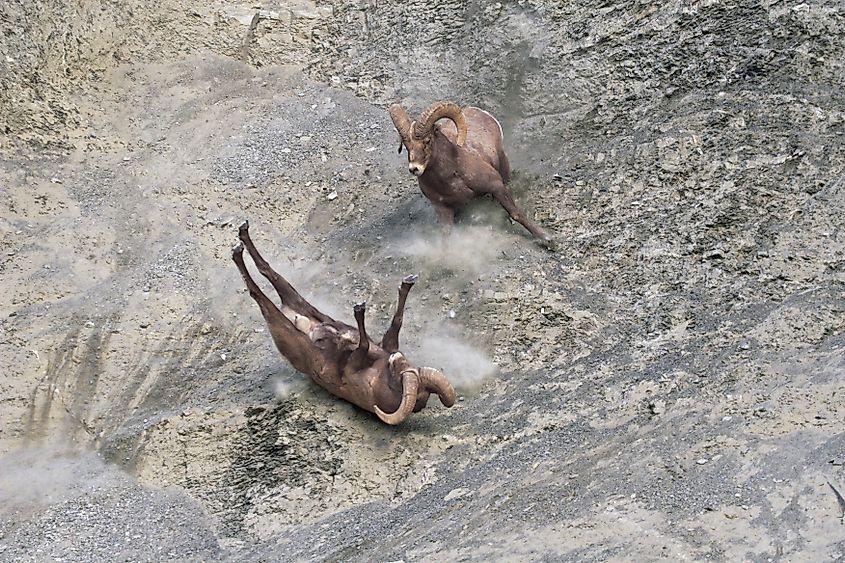
Bighorn sheep exhibit a polygynous mating system with intense male competition for access to estrous females during a compressed breeding season.
Rutting Season Dynamics
- Timing: November-December in most populations, with some variation by latitude and subspecies
- Male competition: Hierarchical access to females based on dominance rank established through fighting
- Breeding behavior: Dominant rams may breed with multiple females, while subordinate males rarely reproduce
Combat Behavior and Horn-Clashing
Male competition involves spectacular displays of horn-clashing that serve both as dominance assessment and female choice mechanisms:
- Fighting technique: High-speed charges (up to 65 km/h) culminating in head-on collisions
- Impact forces: Collisions generate forces exceeding 3,400 Newtons, requiring specialized skull adaptations
- Injury patterns: Despite appearance, serious injuries are relatively rare due to matched fighting abilities
Lambing and Early Development
- Birth characteristics: Single offspring (twins extremely rare), birth weight 3-4 kg
- Hiding phase: First 7-10 days spent in isolation with mother on precipitous terrain
- Following phase: Integration with ewe group after initial hiding period
- Weaning: Gradual process beginning at 4-6 months, completed by 12 months
Juvenile Survival and Mortality Factors
- First-year survival: 60-85% depending on environmental conditions and predation pressure
- Primary mortality causes: Predation (50-70%), malnutrition (20-30%), disease (10-15%)
- Sex-biased mortality: Male juveniles experience higher mortality rates due to increased risk-taking behavior.
Ecological Relationships
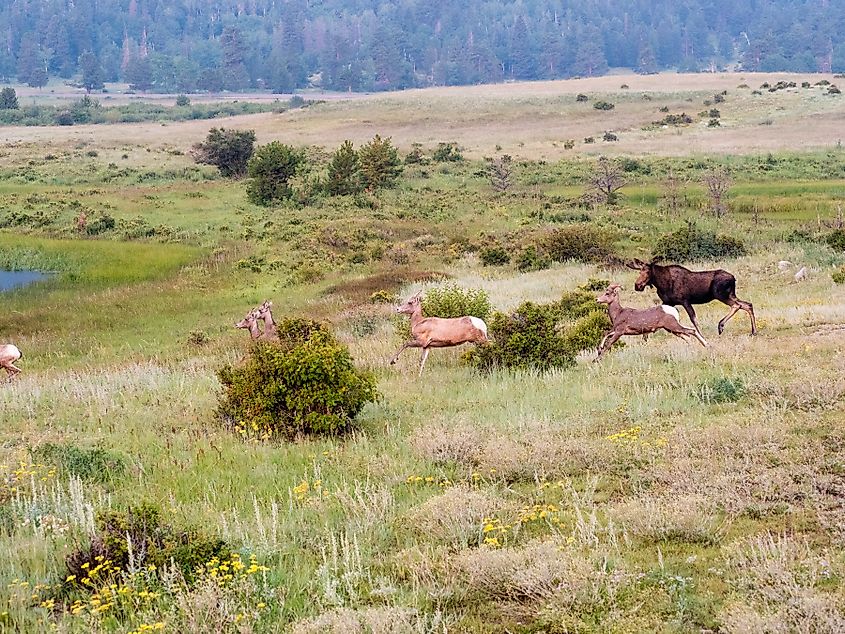
Predator-Prey Dynamics
Bighorn sheep serve as prey for numerous predators throughout their range, with predation patterns varying by geographic location, season, and demographic factors.
Primary Predators
- Mountain lions (Puma concolor): Most significant predator of adults, particularly during winter concentrations
- Wolves (Canis lupus): Pack hunting enables capture of healthy adults in areas of sympatry
- Bears (Ursus spp.): Opportunistic predation, particularly on lambs and juveniles..
- Coyotes (Canis latrans): Primary predator of lambs in many populations.
- Golden eagles (Aquila chrysaetos): Aerial predation on young lambs
Anti-Predator Adaptations
- Vigilance behavior: Coordinated group scanning with sentinel individuals maintaining watch
- Escape responses: Rapid flight to escape terrain when predators detected
- Group living benefits: Dilution effect and collective vigilance reducing individual predation risk
Interspecific Competition
Bighorn sheep compete with various herbivores for limited mountain forage resources, with competition intensity varying by habitat type and species assemblage.
- Domestic livestock: Grazing competition and disease transmission in areas of overlap
- Elk (Cervus canadensis): Forage competition, particularly for preferred grasses
- Mountain goats (Oreamnos americanus): Spatial competition for escape terrain and mineral licks
- Mule deer (Odocoileus hemionus): Browse competition during winter periods
Ecosystem Engineering Effects
While not classic ecosystem engineers, bighorn sheep influence mountain ecosystems through their foraging activities and movement patterns.
- Vegetation impacts: Selective grazing creating spatial heterogeneity in plant communities
- Seed dispersal: Long-distance movement facilitating plant gene flow between isolated populations
- Nutrient cycling: Concentration of nutrients through feeding and defecation patterns
- Trail creation: Repeated use of travel routes creating pathway networks used by other species
Conservation Status and Threats
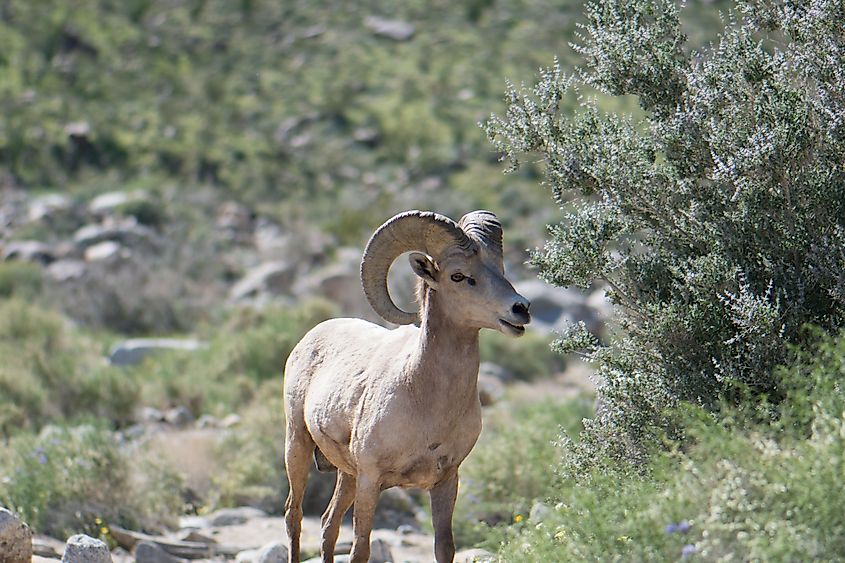
Population Status and Trends
Current bighorn sheep populations face significant conservation challenges, with most populations well below historical levels and continuing to decline in many regions.
- Total population estimate: 63,000-70,000 individuals across North America
- Population trend: Generally stable to declining, with significant regional variation
- Conservation status: Species of special concern in most jurisdictions
Subspecies-Specific Status
- Rocky Mountain bighorn: Relatively stable populations in core habitat areas
- Desert bighorn: Declining populations due to habitat fragmentation and water availability
- Sierra Nevada bighorn: Federally endangered with ~600 individuals remaining
- Peninsular bighorn: Federally endangered with ~400 individuals in California
Primary Threats and Limiting Factors
Modern bighorn sheep populations face multiple anthropogenic and natural threats that interact synergistically to limit population growth and recovery.
Disease Transmission
- Pneumonia outbreaks: Bacterial pneumonia causing 50-90% mortality in affected populations
- Domestic sheep contact: Pathogen transmission from domestic livestock causing recurring die-offs
- Lungworm (Protostrongylus spp.): Parasitic infections reducing fitness and survival
- Contagious ecthyma: Viral infections affecting ability to forage effectively
Habitat Loss and Fragmentation
- Development pressure: Residential and recreational development in critical habitat areas
- Road construction: Barriers to movement and increased vehicle collision mortality
- Mining activities: Direct habitat loss and environmental contamination
- Recreational impacts: Human disturbance affecting behavior and habitat use patterns
Climate Change Impacts
- Temperature increases: Shifting vegetation zones and reduced high-elevation habitat
- Precipitation changes: Altered snowpack patterns affecting forage availability
- Extreme weather events: Increased frequency of severe storms and droughts
- Disease dynamics: Changed pathogen transmission rates and host susceptibility
